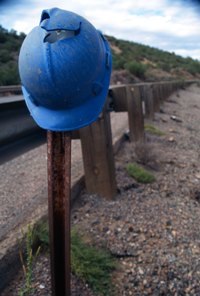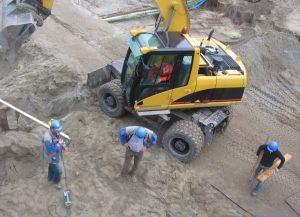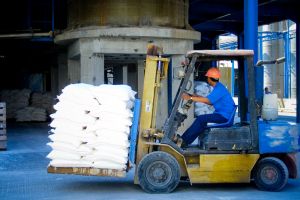Throughout the region, workers who suffer injury while on the job are entitled to file workers’ compensation claims for injuries. Families who have lost their loved ones to work-related accidents are also entitled to claims. In the recent workplace safety news, OSHA has cited a New Hampshire automobile company for repeat safety violations and a Maine sawmill company for repeat and serious violations of workplace safety standards.
OSHA violations are often evidence used in negligence cases. OSHA is often called upon to inspect premises after an accident or injury or if there are internal reports of safety violations. Monro Muffler Brake Inc. has been cited for “willful, repeat, and serious” workplace violations in Portsmouth, New Hampshire. The automotive repair and tire chain business now faces more than $221,000 in OSHA fines. The Maine sawmill company will be fined over $79,000 in penalties. Our Boston workers’ compensation attorneys are dedicated to helping victims and their families protect their rights involving unsafe working conditions.
 The New Hampshire OSHA inspection initiated as a complaint. During the inspection, OSHA officials discovered that employees were exposed to potential electric shock from exposed and energized wires in the restroom. OSHA also found that the company did not correct these conditions, even after the issues were brought to light after an in-house safety inspection. There were also five repeat citations issued for defective ladders and issues with hazardous materials. Other citations were issued for obstructed exit routes, improper storage, and improper disposal of hazardous and combustible materials. These are considered serious violations because they could cause death or bodily harm.
The New Hampshire OSHA inspection initiated as a complaint. During the inspection, OSHA officials discovered that employees were exposed to potential electric shock from exposed and energized wires in the restroom. OSHA also found that the company did not correct these conditions, even after the issues were brought to light after an in-house safety inspection. There were also five repeat citations issued for defective ladders and issues with hazardous materials. Other citations were issued for obstructed exit routes, improper storage, and improper disposal of hazardous and combustible materials. These are considered serious violations because they could cause death or bodily harm.
 Massachusetts Workers Compensation Lawyers Blog
Massachusetts Workers Compensation Lawyers Blog











